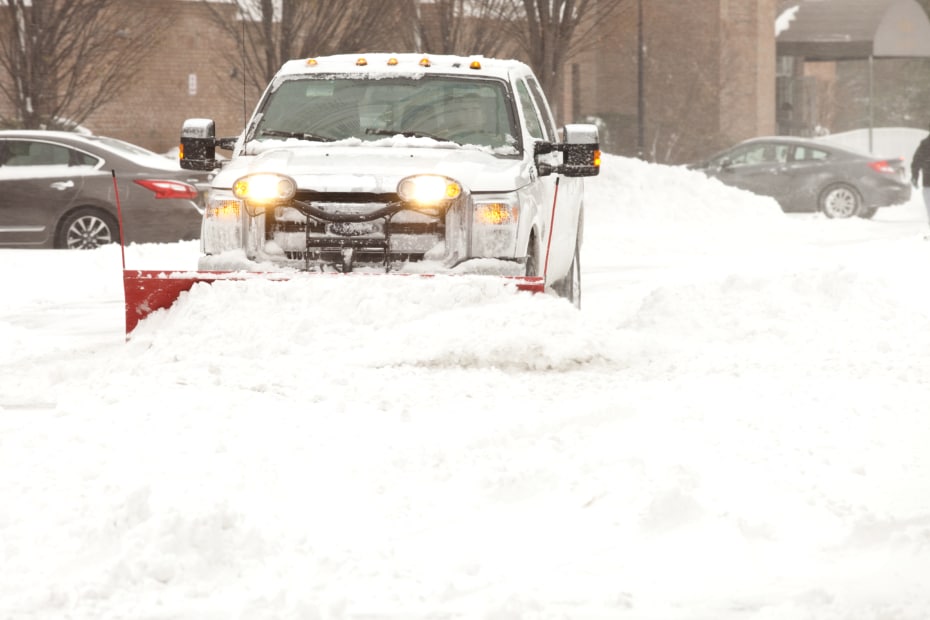Call Us At 519.672.5666
Insights & Articles
Supreme Court of Canada Weighs in on Municipal Snow Removal Policies

On October 21, 2021, the Supreme Court of Canada (“SCC”) issued its decision in Nelson (City) v Marchi.[1] In this case, the SCC determined whether municipal snow removal decisions amounted to “core policy decisions” for which municipalities are immune from liability. With winter quickly approaching, the SCC issued a helpful warning to municipalities regarding their obligations to pedestrians.
Facts and History of Case:
In Marchi,the municipality plowed and sanded streets pursuant to its written policies and unwritten practices after a heavy snowfall. The municipality cleared snow in parking stalls on the street, which created a large snowbank along the curb. The municipality did not clear an access route to the sidewalk for drivers parking in these stalls.[2] The plaintiff parked in one such stall and crossed the snowbank in order to access a business on the other side. The plaintiff seriously injured her leg while crossing the snowbank. She sued the municipality for negligence. The parties agreed that the plaintiff was injured;[3] however, the defendant argued it was immune from liability, as its snow removal decisions amounted to a core policy decision.
The trial judge dismissed the claim, holding that snow removal decisions amounted to core policy decisions. As such, the trial judge found that the municipality did not owe the plaintiff a duty of care.[4] On appeal, the Court of Appeal found that the trial judge erred.[5] The case was appealed to the Supreme Court of Canada.
Decision:
The parties agreed that the plaintiff was injured, and the court quickly found that the municipality owed a duty to maintain its highways.[6]
The most notable portion of this decision relates to whether the snow removal policy amounted to a core policy decision. Core policy decisions bear on broad considerations such as “economic, social and political factors”.[7] Since reasonable people can disagree on these topics, the court will not hold government bodies liable for core policy decisions, as it would be “second-guessing the decisions of democratically-elected government officials and simply substituting their own opinions”.[8]
The SCC found that the issue in this case was not the entire process of snow removal. Instead, the issue was the snow removal from the specific parking stalls on that block of the street by creating snowbanks without sidewalk access. Even if the written snow removal policy itself was a core policy, the court held that the specific snow removal in this case was not necessarily a core policy decision.[9]
Further, the court held that the label of “policy” on government documents is not itself proof that the government conduct is immune from liability. The contents of the policy, and not its title, will be far more relevant in these cases.[10]
Finally, the court found that the snow removal on this day was given little thought. Core policy decisions require that there was a deliberative decision made, involving the balancing of competing objectives and goals. In this case, there was no evidence that an assessment of clearing access to the sidewalks was ever made. The municipality simply acted according to its usual practices without any thought, which is insufficient to amount to a core policy decision.[11] Therefore, the core policy defence failed.
As we approach the winter season, this case stands as a reminder to municipalities of their obligations to pedestrians. Municipalities can still be held accountable where the specific practice of snow removal creates a hazard.
This article was written by a member of the Personal Injury Team at McKenzie Lake. If you require assistance with a personal injury matter or wish to speak to a personal injury lawyer at McKenzie Lake Lawyers LLP, please call (519) 672-5666.
[1] 2021 SCC 41.
[2] Ibid at para 6.
[3] Ibid at para 7.
[4] Ibid at para 11.
[5] Ibid at para 12.
[6] Ibid at para 30.
[7] Ibid at para 44.
[8] Ibid.
[9] Ibid at para 76.
[10] Ibid at para 77.
[11] Ibid at para 83.

